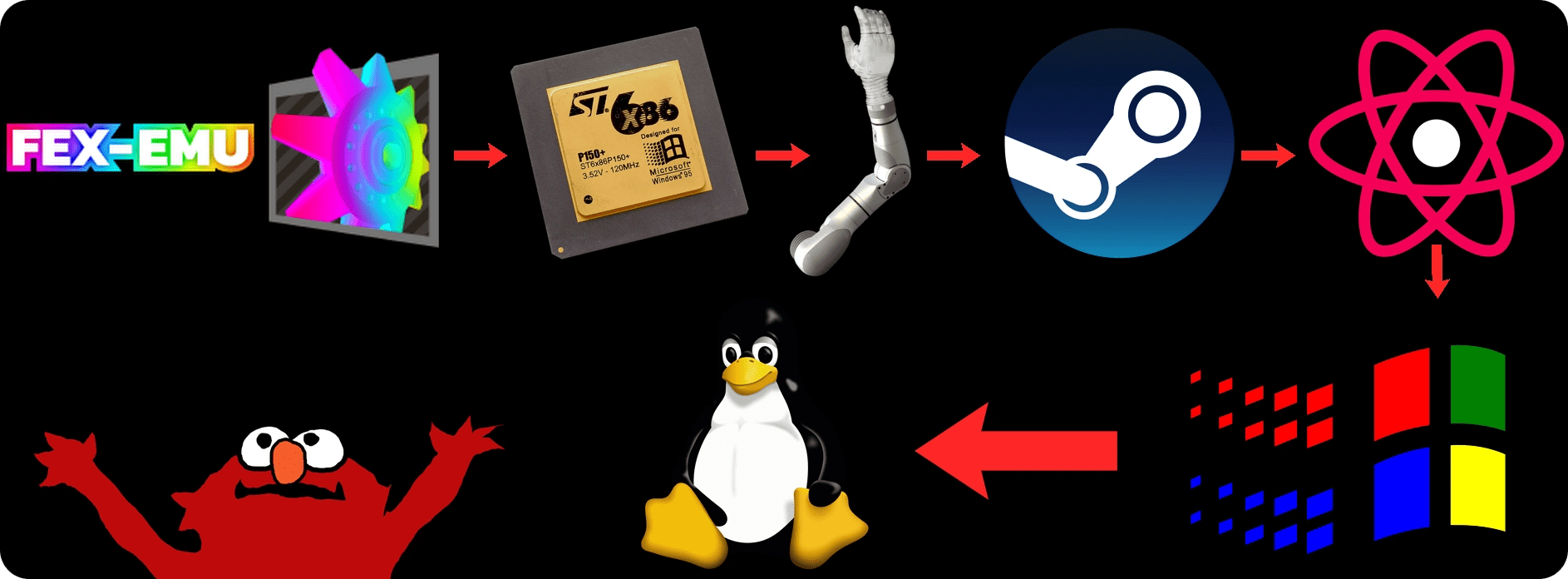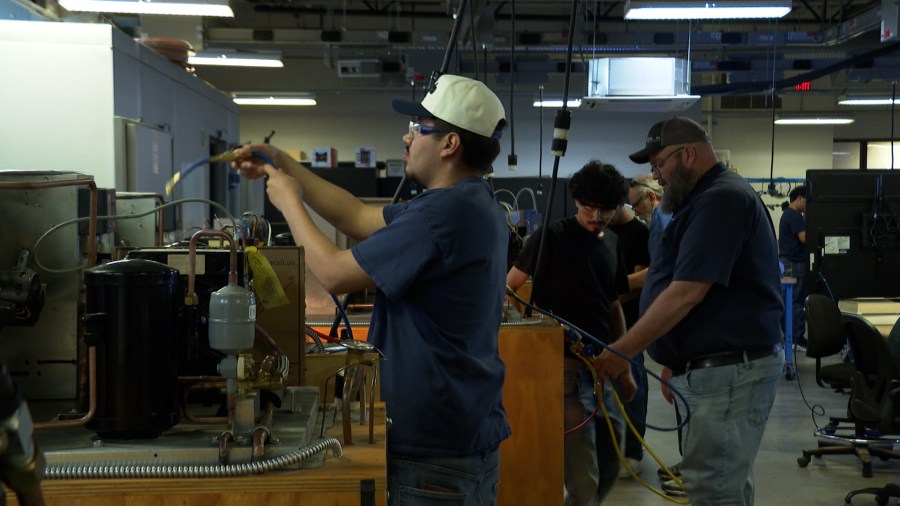Innovative Hack Runs Doom 2016 on Arm’s New Open Source Board

In an intriguing demonstration of technological ingenuity, a new open-source ARM board has successfully run Doom 2016, a feat accomplished through a complex series of hacks. The Radxa Orion O6, touted as the world’s first open-source ARMv9 motherboard, is at the center of this achievement, showcasing its potential to handle demanding tasks typically reserved for more conventional hardware.
The Radxa Orion O6 features a 12-core ARM9.2 System on Chip (SoC) from Cix and includes a PCIe x16 slot, essential for fitting a graphics card capable of managing the graphics-intensive requirements of Doom 2016. While the onboard graphics suffice for older versions of Doom, the 2016 iteration demands more substantial graphical power.
Technical Breakdown of the Hack
Running Doom 2016 on an ARM board required a significant degree of hacking, as there is no native ARMv9 build for this nine-year-old game. The solution involved using an x86 emulation layer known as FEX to run Steam, which in turn uses the Proton compatibility layer. This setup allows the Linux system to interpret Windows system calls made by the game.
Thus, the process involves Windows games running through a compatibility layer on a Linux system, which itself is operating on an x86 emulator, all running on ARM hardware. Despite the complexity, the hack is functional, provided a PCI 3.0 graphics card is used. Newer graphics cards, particularly those from NVIDIA, have shown mixed results, with some users reporting better success than others.
Implications for Gaming and Technology
This development underscores the growing capabilities of ARM-based systems in handling tasks traditionally managed by x86 architecture. It also highlights the increasing importance of compatibility layers like Proton in bridging the gap between different operating systems and hardware architectures.
“Every game tested is GPU-throttled on this system, illustrating how GPU-intensive even decade-old games can be,” noted a source familiar with the project.
Such innovations could pave the way for more versatile and cost-effective gaming setups, particularly as ARM technology continues to evolve and expand its market presence.
Historical Context and Future Prospects
The use of ARM architecture in gaming is not entirely new, but the Radxa Orion O6 represents a significant step forward in terms of open-source accessibility and power. Historically, ARM boards have been less popular than their “fruit-flavored” competitors for DIY projects, but this could change as more developers explore the potential of ARM’s open-source offerings.
Meanwhile, the broader tech community is closely watching these developments. As ARM continues to make inroads into areas traditionally dominated by x86 systems, the implications for both gaming and general computing could be profound.
“This isn’t the first time a Radxa board has shown up on Hackaday,” commented an industry expert, “but the potential applications for these powerful ARM boards are expanding rapidly.”
As the technology matures, we may see more projects like this one, pushing the boundaries of what ARM-based systems can achieve. For now, the Radxa Orion O6 serves as a testament to the creativity and resourcefulness of the tech community, offering a glimpse into a future where open-source ARM boards play a more prominent role in gaming and beyond.





